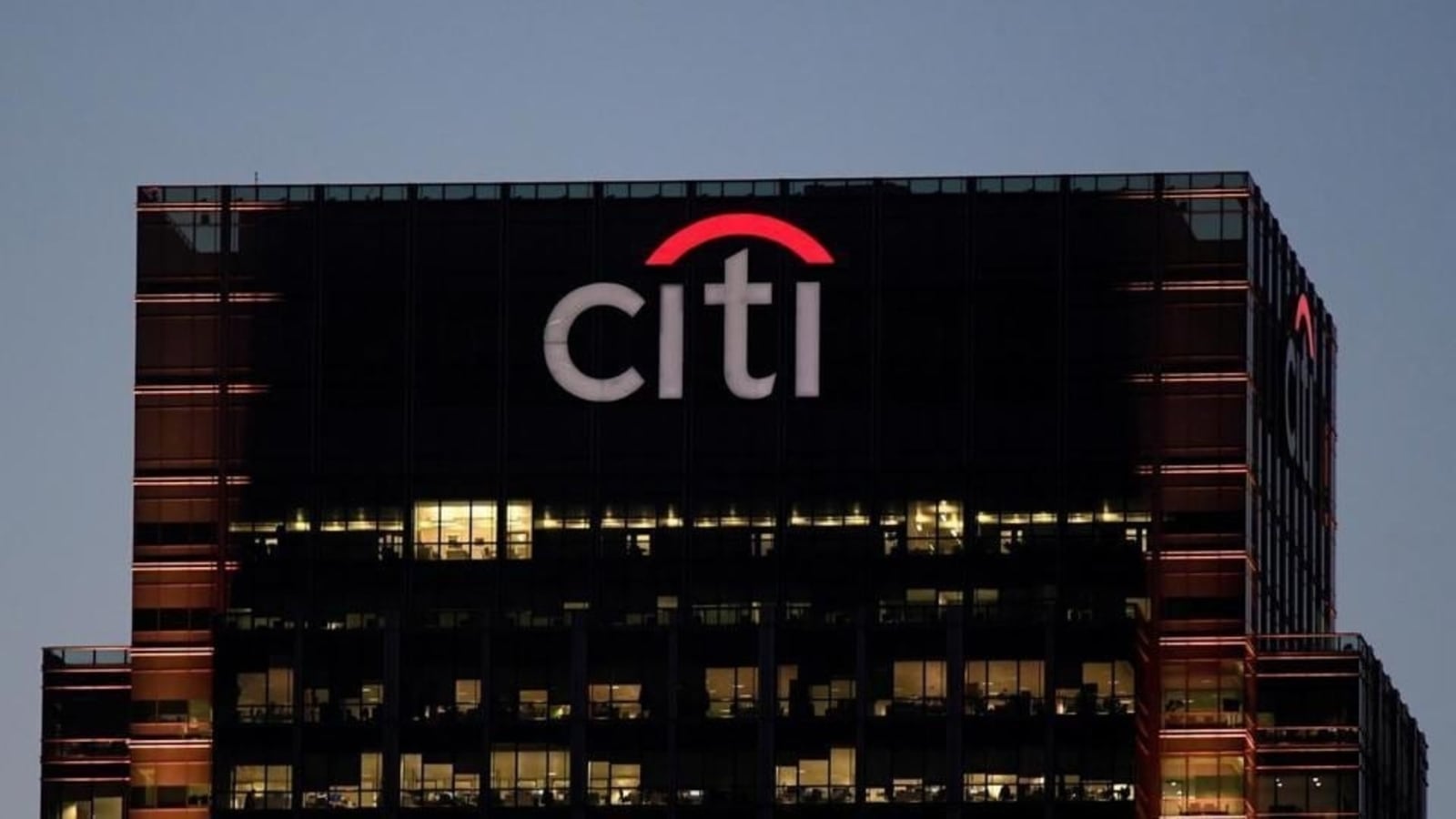Why Air India, which dominates India-US routes, has become hell for passengers

Air India is the largest carrier on the India-US routes (non-stop) and its largest presence is in San Francisco. The airline offers four flights a week from Mumbai, three flights a week from Bengaluru and eleven flights a week from Delhi — a total of 18 weekly departures, the highest amongst the five airports it operates non-stop in the United States. San Francisco is also the most-talked about route — thanks to delays. From diverting in Russia last year to a 15-20 hour delay at frequent intervals, downgrading from premium economy to economy, the social media remains abuzz with complaints around flights to San Francisco.
The latest in the inordinate delay on AI 183 from Delhi to San Francisco. The flight which was scheduled to depart yesterday afternoon is now expected to depart at 1500 hours today as per Air India’s website. This comes within days of its Mumbai-San Francisco flight being delayed by 18 hours.
A look at flight tracking website FlightRadar24’s data shows that none of the San Francisco flights of Air India have had an on-time run for a whole week. There have been frequent delays and the occasional cancellation too.
Also read: San Francisco-bound Air India flight delayed by over 8 hours, people fainted with no AC, claim passengers
What happens more often than not?
All airlines want the aircraft to leave as soon as possible. The ground services team resist deplaning passengers, unless somebody has a medical reason – like how it became the case in both instances as per reports on social media. A deplaning could mean longer delays. When the engineering team has found the fault and knows how long it is going to take, the next set of things move.
For ultra long haul flights like those to San Francisco, there are two sets of crew which fly. Bounded by Flight Duty Time Limitations for both cockpit and cabin crew, a delay of a few hours could translate into a requirement to change the crew.
Lastly, while it is mandatory to provide accommodation, finding as much at the last minute along with arrangements to transfer over 200 passengers is always a challenge, since permission from security and immigration is needed as well.
All in all, either the co-ordination fails or there is significant delay in identifying the cause and estimating the time needed to fix it. While operationally it may sound logical, from the passenger and passenger handling perspective, it is an absolute nightmare.
As photos appeared of passengers occupying the aerobridge area, sitting on ground – both young and old, along with children – questions around IRROPS (Irregular Operations) handling came to the fore. Can the airline do better? Are the airport operations teams enabled enough to take immediate decisions on how to handle the passengers?
Also read: Can Indian carriers break the Malaysian jinx?
What should the passengers do?
Unfortunately, there is very little that the passengers can do in this case. For passengers, who have onward connectivity within the United States or India, it is advisable to book the onward flights on the same PNR with Air India or partner airlines. This ensures that it is the airline responsibility to ensure you reach your destination and any inordinate delays are taken care of by rebooking. While a delay may not be the most ideal thing, losing money for not turning up for a flight booked independently would be worse.
Tail Note
Air India changed ownership from the government to the Tata group in 2022. While it inherited poorly maintained cabins, the new ownership cannot wash its hands off putting in place an SOP which takes care of passengers.
The challenge is especially for San Francisco, where the airline is deploying its owned three B777-200LRs and the former Delta B777-200LRs which it took from the secondary market. The aircraft have limited ground time and are at its peak utilisation cycles. A delay has limited time to recover. The long distance means that swapping planes with other types is either difficult or impossible. What aggravates the problem in some cases is that Air India’s legacy planes do not have premium economy cabins. Any swaps in these planes means that passengers booked on premium economy are left on planes without this cabin. All of which leads back to having a strong SOP in place.
For an airline, which is in the middle of rebranding, induction of aircraft, expansion and revamp of product, such delays would make passengers wonder if they should choose the airline or not. The non-stops to the USA see a lot of VFR (Visiting Friends and Relatives) traffic with passengers, especially senior citizens preferring the flight as it does not need navigation at connecting airports. Currently, the airline has immense advantage due to lack of competition, but that may not remain permanent.







